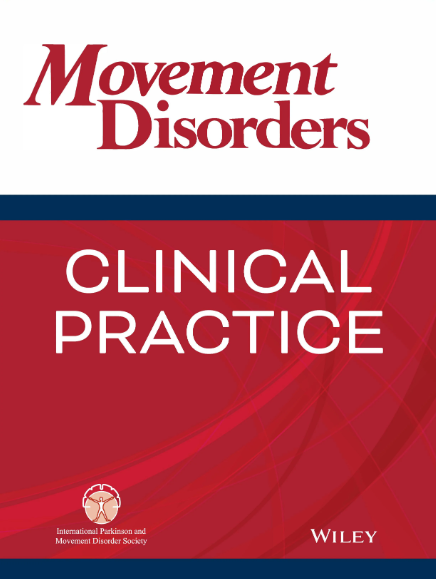
Background: Motor/nonmotor symptomatology and antiparkinsonian drugs deteriorate the driving ability of Parkinson’s disease (PD) patients.
Objectives: Treating neurologists are frequently asked to evaluate driving fitness of their patients and provide evidence-based consultation. Although several guidelines have been published, the exact procedure along with the neurologist’s role in this procedure remains obscure.
Methods: We systematically reviewed the existing guidelines, regarding driving fitness evaluation of PD patients. We searched MEDLINE and Google Scholar and identified 109 articles. After specified inclusion criteria were applied, 15 articles were included (nine national guidelines, five recommendation papers, and one consensus statement).
Results: The treating physician is proposed as the initial evaluator in 8 of 15 articles (neurologist in 2 articles) and may refer patients for a second-line evaluation. The evaluation should include motor, cognitive, and visual assessment (proposed in 15, 13, and 8 articles, respectively). Specific motor tests are proposed in eight articles (cutoff values in four), whereas specific neuropsychological and visual tests are proposed in seven articles each (cutoff values in four and three articles, respectively). Conditional licenses are proposed in 11 of 15 articles, to facilitate driving for PD patients. We summarized our findings on a graphic of the procedure for driving fitness evaluation of PD patients.
Conclusions: Neurological aspects of driving fitness evaluation of PD patients are recognized in most of the guidelines. Motor, neuropsychological, visual, and sleep assessment and medication review are key components. Clear-cut instructions regarding motor, neuropsychological, and visual tests and relative cutoff values are lacking. Conditional licenses and periodical reevaluation of driving fitness are important safety measures.
| ID | pj242 |
| DOI | |
| Tags |








